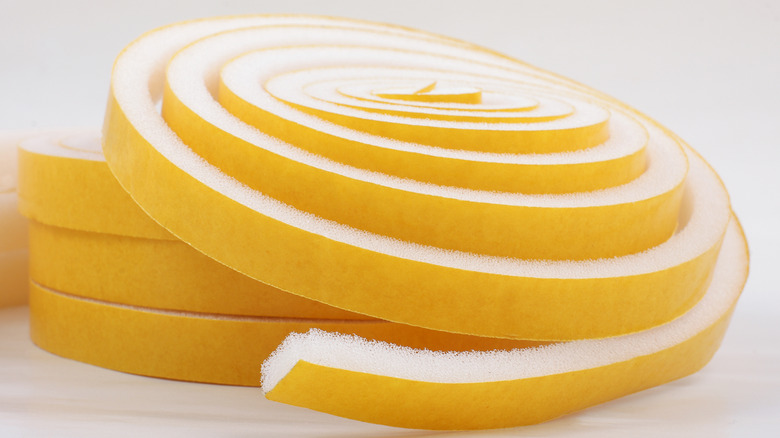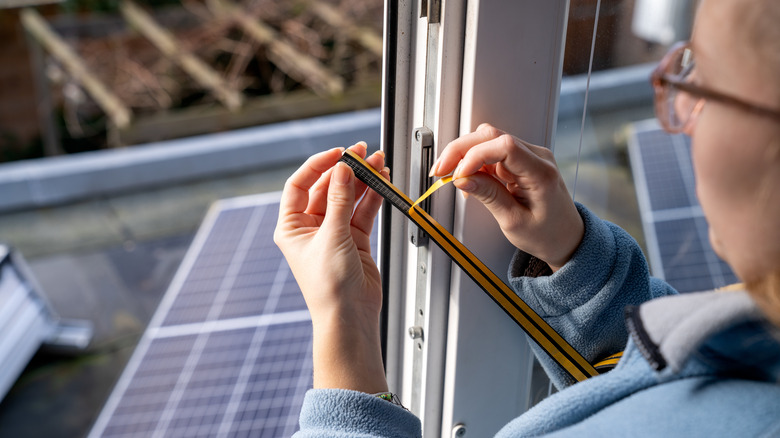How To Weather Strip Your Windows And Doors To Keep The Cold Out
As seasons change and you switch the air conditioning off and heat on, or vice versa, there is nothing more frustrating than still getting drafts of outdoor air and seeing that high energy bill at the end of each month. Home Advisor reports that homes can experience up to 40% of heating and cooling loss from air leaks. Be proactive and weather strip your doors and windows to save energy, save money, and keep your home comfortable for everyone.
Weather stripping is sealing gaps and openings in doors and windows to prevent air from coming in or escaping. If you already have weather stripping applied to your entrances, it likely needs repairing if you are experiencing noticeable drafts and moisture on walls or insulation. To quickly determine if it's time to improve your weather stripping, hold a lit candle or lighter near the sealant to discover any airflow that may make the flame move.
Many different methods and materials can be used for weather stripping, such as rubber, felt, foam, vinyl, and even metal. Find out which course of action is best for different areas of your home and how to easily install it.
Which weather stripping is best for you?
The U.S. Department of Energy (DOE) suggests choosing your weather stripping method based on each individual room, considering which doors and windows are used more frequently than others. If you seal an entry in the main living space, look at a material that withstands abrasion and temperature adjustments. The DOE suggests tension seals or self-sticking vinyl for high-traffic areas. These are popular options as they are moderate in cost, easy to install, and have various style options to fit your room's aesthetic best.
Another commonly chosen option is felt or foam. This is recommended for windows and doors that may be used less often since it is known to be less durable. However, it is affordable and straightforward to apply compared to other methods, proving a wise investment for infrequently used home areas.
If you want only to seal off the bottom of a door, a door sweep is the most effective way. Door sweeps can range in price from moderately expensive to more costly but are simple to install and worthwhile.
How to install your weather stripping
At first glance, weather stripping may seem complex, but you definitely don't need to be a handyman to get it done. True Value advises you to start by cleaning the area you plan to seal. Making sure there is no residue, dirt, or other build-up will improve the longevity of your stripping. If you notice any cracks or gaps that are not along the moving parts of a frame, use some caulk to seal those areas.
Each form of weather stripping will have a different process, but the method will be similar regardless of whether it's a door or window being sealed. Tension seal or vinyl strips should be applied to the door frame's sides and on a window's sashes and channels (via U.S. Department of Energy). Measure the area of application and safely cut off the needed length. You will then peel away the backing and push in the vinyl to create an airtight sealant. Sometimes, it is beneficial to add staples or tacks on the edges of the vinyl for doorframes to help with any possible lifting over time. The process of applying foam stripping is the same as vinyl, per True Value.
To install a door sweep, first set the sweep in place and adjust it until no light seeps through the bottom of the door. Once perfectly set, drill the sweep into place. And there you have it, an effortless way to improve your home's temperature and energy efficiency.


